Open Like a Pro
There is absolutely no doubt that the game of chess is one of the most incredible creations the human mind has ever come up with. Hardly anything else comes close to it with regard to the skill and competency involved. You need laser-sharp focus and a highly strategic brain along with the ability to think ahead and read what your opponent is planning to do with his/her chess pieces.
Such is the beauty of this game that the skills you acquire and develop as a result of playing the game on different types of chess boards can even come in handy in other aspects of life. For example, by learning to think ahead and anticipate what your opponent is going to do, you become better at assessing and dealing with different situations in your life.
In fact, some even say that one should think like a chess player in order to succeed and do well in life. What it means is that a person should always think about the possible results, consequences, or ramifications of any of his actions before following through on them.
Just like anticipating your opponent’s moves on a chess board (whether wooden chess boards or any other type) in order to come up with effective responses so as to maintain the upper hand in a game, you need to think like a chess player when dealing with other people.
This sort of approach can be particularly useful when having to put up with difficult individuals. When you think about what the other person is likely to do and how they are likely to react to what you may do, you minimise the risk of making emotional decisions or taking a course of action that might come back to haunt you.
A lot can be said about the beauty of chess and how useful it can be in other areas of life. So, let’s get better at playing the game and make use of the wonderful resources provided by the Official Staunton Chess Company to learn some new chess tricks.
The Opening Exchanges
It is a well-known fact just how important a good beginning can be when playing chess. While it is not the be-all and end-all of a game of chess, most players would surely prefer seizing the initiative early on rather than having to chase the game from a somewhat handicapped position.
With that in mind, let’s take a look at some of the most preferred opening moves. Many consider the ploys mentioned in this piece to be the very best openings that a player can go for. They put you in a strong position both from an offensive and defensive standpoint.
Best Openings
For White, the best moves to open would be 1.c4, 1.d4, 1.e4, and 1.Nf3. In general, a player playing with White has about 20 different moves that can be played. But the ones just mentioned are actually the most popular of them all.
If you happen to be a complete beginner at the game and haven’t really been around chess sets in the past, then this might seem somewhat complicated to you. One of the major issues that people new to the game have is recognising what qualifies a good opening move and what qualifies a bad one.
The important thing to understand here is that whenever a player makes a move on a chess board, he/she will either gain or lose control over certain areas. It is about making the most of any ploy while the chess clocks are ticking and making sure that nothing backfires over the course of the game.
Looking at the game from White’s perspective, it is almost always important to take control of the central spaces with the pawns. If that is not done, then Black will certainly take the opportunity to do so. Therefore, White should take full advantage of always having the first move and cover the centre with the pawns. It is called playing active chess where space is gained with every move played.
By moving the pawn in front of the queen up to d4, White allows itself to play a number of opening sequences such as the King’s Indian Defense, Bogo-Indian, Queen’s Gambit, Queen’s Indian Defence, Nimzo-Indian, and the Dutch Defense.
Thus, playing the 1.d4 has a number of positives that you can draw upon. You can take control of the centre while also freeing up two pieces on the back line with just a single move. However, the most common opening move on most chess tables is the 1.e4.
The aim behind this ploy is to swiftly take charge of the centre while freeing up the bishop on the lighter square as well as the White queen to move out and prepare attacks from different angles. This can be followed up by the Nf3 and then moving the bishop into a dangerous position at c4. From here, Black’s pawn at f7 becomes a weak link and White can essentially get ready to castle in the next move by bringing the bishop into play.
Other strong opening moves include 1.c4 (also called the English Opening) and 1.Nf3 (also known as the Reti Opening). Both of these put White in a strong position with a solid defensive setup while also providing the platform to launch lethal attacks on Black’s pieces.
White normally has 3 main objectives when playing any kind of opening move. These include taking control of the centre, rapid buildup of the pieces for the purpose of launching attacks, and making plans to castle its own king towards safety. The moves mentioned in this piece help White in achieving those objectives really well.
Parting Thought
Any novice can improve their game and become a competent player with the help of resources provided by the Official Staunton Chess Company. Not only can you become a better player but also learn to read your opponent’s moves better with the help of this treasure trove of chess information. If you make good use of them and learn from them, then surely nothing can stop you from becoming a master at the beautiful game of chess.



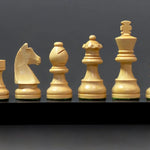
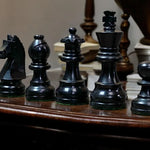
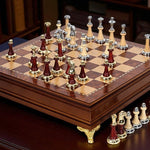
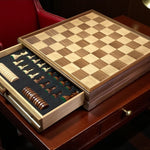
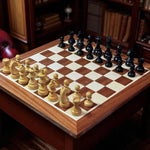
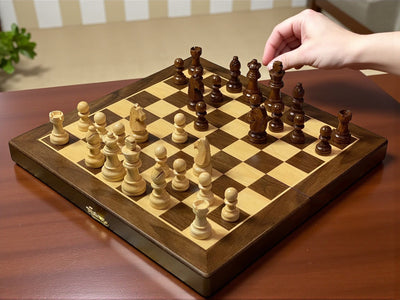
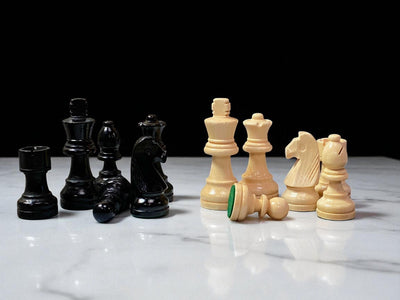
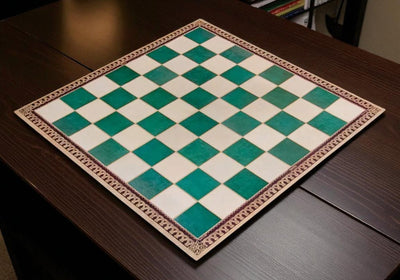
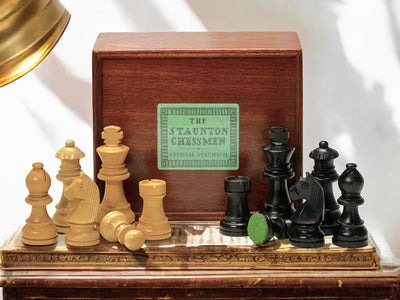
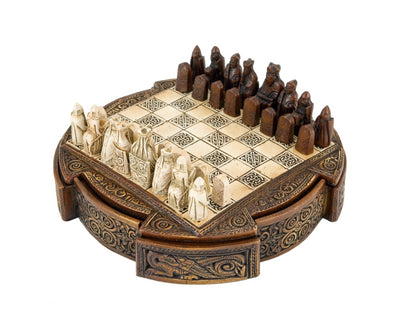
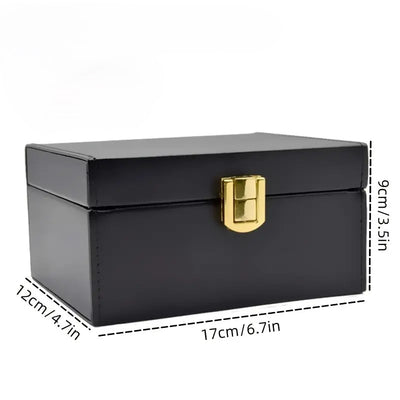
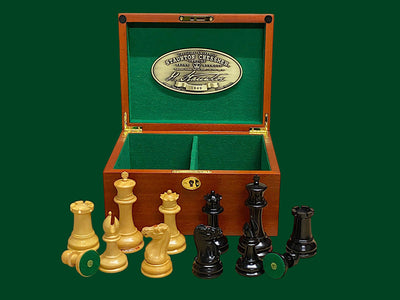
Leave a comment